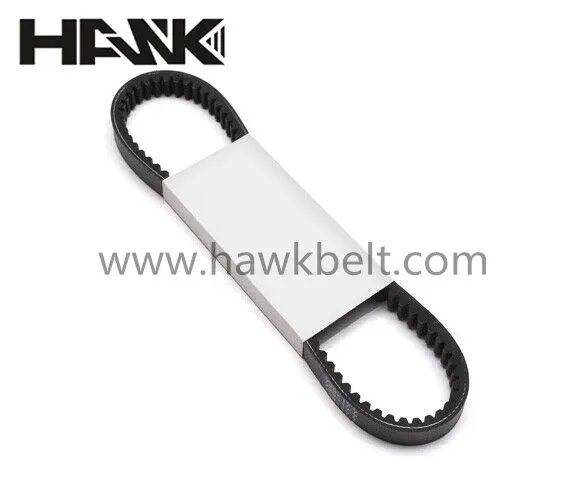- Arabic
- French
- Russian
- Spanish
- Portuguese
- Turkish
- Armenian
- English
- Albanian
- Amharic
- Azerbaijani
- Basque
- Belarusian
- Bengali
- Bosnian
- Bulgarian
- Catalan
- Cebuano
- Corsican
- Croatian
- Czech
- Danish
- Dutch
- Afrikaans
- Esperanto
- Estonian
- Finnish
- Frisian
- Galician
- Georgian
- German
- Greek
- Gujarati
- Haitian Creole
- hausa
- hawaiian
- Hebrew
- Hindi
- Miao
- Hungarian
- Icelandic
- igbo
- Indonesian
- irish
- Italian
- Japanese
- Javanese
- Kannada
- kazakh
- Khmer
- Rwandese
- Korean
- Kurdish
- Kyrgyz
- Lao
- Latin
- Latvian
- Lithuanian
- Luxembourgish
- Macedonian
- Malgashi
- Malay
- Malayalam
- Maltese
- Maori
- Marathi
- Mongolian
- Myanmar
- Nepali
- Norwegian
- Norwegian
- Occitan
- Pashto
- Persian
- Polish
- Punjabi
- Romanian
- Samoan
- Scottish Gaelic
- Serbian
- Sesotho
- Shona
- Sindhi
- Sinhala
- Slovak
- Slovenian
- Somali
- Sundanese
- Swahili
- Swedish
- Tagalog
- Tajik
- Tamil
- Tatar
- Telugu
- Thai
- Turkmen
- Ukrainian
- Urdu
- Uighur
- Uzbek
- Vietnamese
- Welsh
- Bantu
- Yiddish
- Yoruba
- Zulu
sep . 28, 2024 19:07 Back to list
Understanding Auto Timing Belts for Optimal Vehicle Performance and Maintenance
Understanding Auto Timing Belts Importance, Function, and Replacement
The timing belt is a crucial component in an internal combustion engine, playing a vital role in ensuring that the engine's valves open and close at the correct times during each cylinder's intake and exhaust strokes. The timing belt works in conjunction with the crankshaft and camshaft, ensuring synchrony that is essential for the engine's performance. This article delves into the importance, function, and maintenance of timing belts in vehicles.
What is a Timing Belt?
The timing belt is typically made of reinforced rubber and features teeth that grip the sprockets of the camshaft and crankshaft. Installed in a precision-engineered manner, it synchronizes the rotation of these two essential engine components, allowing the engine to function smoothly. Unlike timing chains, which are made of metal and usually last longer, timing belts are less durable and require periodic inspection and replacement.
Importance of Timing Belts
The role of the timing belt becomes apparent when considering the intricacies of an internal combustion engine. If the timing belt fails, it can cause catastrophic damage to the engine. The valves and pistons occupy the same space at different times, and if the timing belt slips or breaks, they can collide, resulting in bent valves, damaged pistons, or even complete engine failure. Therefore, understanding the timing belt's significance in engine health cannot be overstated.
Function of the Timing Belt
The timing belt performs several critical functions
1. Synchronization As mentioned, the primary function of the timing belt is to maintain the synchronization between the crankshaft and the camshaft. The crankshaft converts the up-and-down motion of the pistons into rotary motion, while the camshaft operates the engine's valves.
2. Driving Other Components In many vehicles, the timing belt also drives other accessories such as the water pump, oil pump, and sometimes the alternator. This additional functionality underscores its importance beyond just the timing mechanism.
auto timing bel

3. Noise Reduction Timing belts tend to operate more quietly than chains, which can contribute to a smoother and quieter engine operation.
Signs of Timing Belt Wear
Given the critical functions of the timing belt, it’s vital for vehicle owners to be vigilant regarding its condition. Signs of a worn or damaged timing belt may include
- Squeaking or Chirping Noise This could indicate that the belt is misaligned or has begun to wear. - Engine Misfiring A misfiring engine could signal that the timing has been disrupted due to a failing belt. - Oil Leaks If you notice pooling oil under your car, it may be from a damaged timing belt cover that has leaked. - Check Engine Light Your vehicle’s warning systems may alert you to potential timing belt issues.
Replacement of the Timing Belt
Due to the potential for serious engine damage, adhering to your vehicle’s maintenance schedule is essential. Most manufacturers recommend replacing the timing belt every 60,000 to 100,000 miles, depending on the vehicle model and driving conditions. This proactive approach can save you from expensive repairs and ensure the longevity and reliability of your engine.
Performing a timing belt replacement generally involves significant labor, as it requires disassembling several engine components. For this reason, it’s advisable to have the replacement carried out by a qualified mechanic who can also inspect other related components such as tensioners and water pumps during the process.
Conclusion
In conclusion, the timing belt is a vital component of vehicle engines, essential for the synchronization of key engine parts. Understanding its importance, recognizing the signs of wear, and adhering to replacement schedules are critical for vehicle maintenance. By prioritizing the health of the timing belt, vehicle owners can ensure their engines run smoothly and efficiently for years to come. Remember, it’s not just a belt; it’s the heartbeat of your engine.
-
Variable Belt Drive AI Optimized for Efficiency
NewsAug.05,2025
-
High-Quality Tensioner Belt Pulley - Durable & Efficient
NewsAug.03,2025
-
Premium Timing Belt Factory | AI-Optimized Solutions
NewsAug.02,2025
-
Heat Joining Drive Belt | High-Durability Fusion Solution
NewsJul.31,2025
-
Timing Belt Video Guide: Selection, Design & Quality Insights
NewsJul.30,2025
-
High-Performance Variable Speed V Belt Drive for Efficient Power Transmission
NewsJul.30,2025

